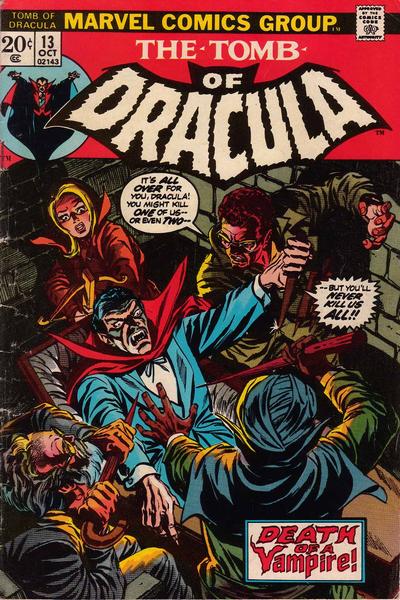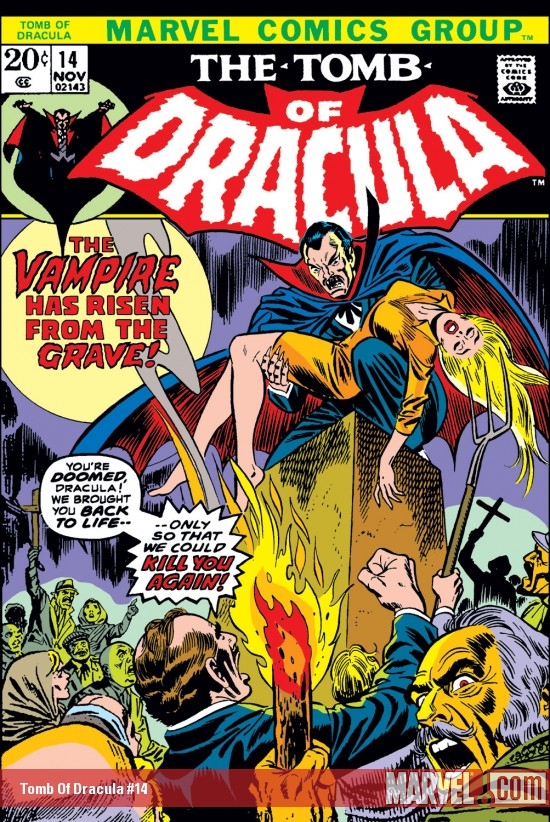A Review of Warhammer: Curse of the Necrarch
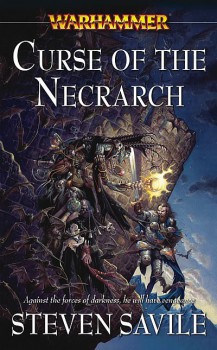 Curse of the Necrarch
Curse of the Necrarch
Steven Savile
BL Publishing (410 pages, $7.99, 2008)
Reviewed by Bill Ward
The world of Warhammer Fantasy borrows heavily from many sources, everything from Tolkienesque dwarves and Da Vinci-inspired machines, to Moorcockian chaos creatures, a Renaissance-era Holy Roman Empire, and monsters straight out of Dungeons & Dragons. But, maybe because it’s been around for so long or because it’s been so successfully added to over the years, the Warhammer world blends all these outwardly derivative elements into a setting that works very well — both as the backdrop for their fantasy game and as a surprisingly rich source of sword & sorcery and heroic adventure style dark fantasy fiction.
Steven Savile is one of the most skilled writers working in the Warhammer stables, and showcases his abilities nicely. Savile is primarily a horror writer, and his Warhammer fiction is imbued with a healthy dose of the morbid and the dreadful without ever forsaking the golden rule of Warhammer fiction – namely, putting the action first. Curse of the Necrarch is a standalone novel, but it matches nicely with Savile’s other Warhammer books in that its all about vampires and their undead minions.
But these vampires are not Bela Lugosi in a tuxedo, nor are they the sexy-chic goths of today’s urban fantasy. Instead they are withered, rotting, monstrous things, more akin to Murnau’s Nosferatu than Rice’s Lestat. Curse of the Necrarch opens with a confrontation with one such powerful Necrarch vampire, as Felix Metzger, hereditary Lord of Kastell Metz, meets his doom while defending his lands from an invading force of undead.
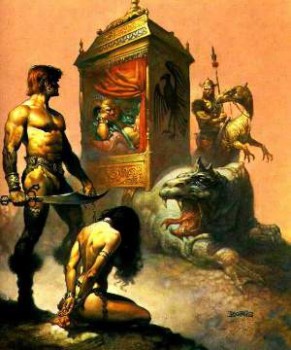
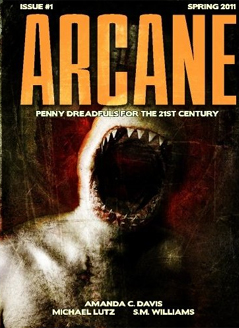 ARCANE is a slick new magazine from Cold Fusion Media and publisher Sandy Petersen. The first issue just dropped and it’s quite a breath of fresh air for horror fans — or should that be a fetid, graveyard breath? Anyway, this new quarterly publication is both an e-mag AND a print mag—it plays no favorites in the “print vs. digital” debate. According to its manifesto ARCANE will be publishing “weird horror, the supernatural, and the fantastic. ” It aims to leave readers highly entertained and slightly disturbed, like the best weird fiction always does.
ARCANE is a slick new magazine from Cold Fusion Media and publisher Sandy Petersen. The first issue just dropped and it’s quite a breath of fresh air for horror fans — or should that be a fetid, graveyard breath? Anyway, this new quarterly publication is both an e-mag AND a print mag—it plays no favorites in the “print vs. digital” debate. According to its manifesto ARCANE will be publishing “weird horror, the supernatural, and the fantastic. ” It aims to leave readers highly entertained and slightly disturbed, like the best weird fiction always does. Writers of the Future Volume XXVII is now available for
Writers of the Future Volume XXVII is now available for 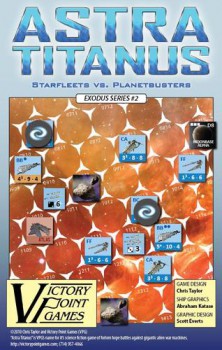
 In this double episode finale, we get to the end of one of the best seasons. It started out a little rocky, but had some of the series’ best episodes, I think. The finale happened while I was a on a plane to Arizona for vacation, so I wasn’t able to review it until I got back this week. (Gotta love DVR!)
In this double episode finale, we get to the end of one of the best seasons. It started out a little rocky, but had some of the series’ best episodes, I think. The finale happened while I was a on a plane to Arizona for vacation, so I wasn’t able to review it until I got back this week. (Gotta love DVR!)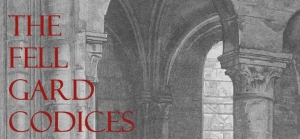 There’s been a lot of talk around the blogosphere lately about self-publishing, and its merits relative to traditional publishing. I’m not going to say anything about that, as such. But it seems obvious to me that self-publishing has a value if you have a story that could not, due to the nature of its form, be published traditionally.
There’s been a lot of talk around the blogosphere lately about self-publishing, and its merits relative to traditional publishing. I’m not going to say anything about that, as such. But it seems obvious to me that self-publishing has a value if you have a story that could not, due to the nature of its form, be published traditionally.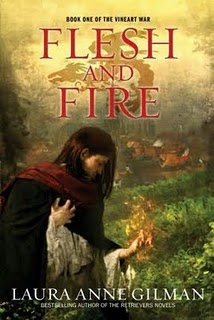 Flesh and Fire
Flesh and Fire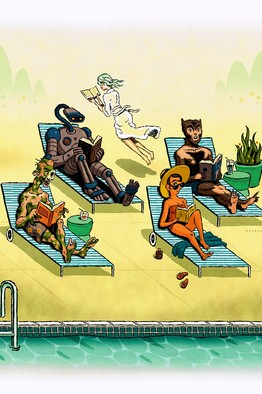 The Wall Street Journal weighs in on the
The Wall Street Journal weighs in on the 